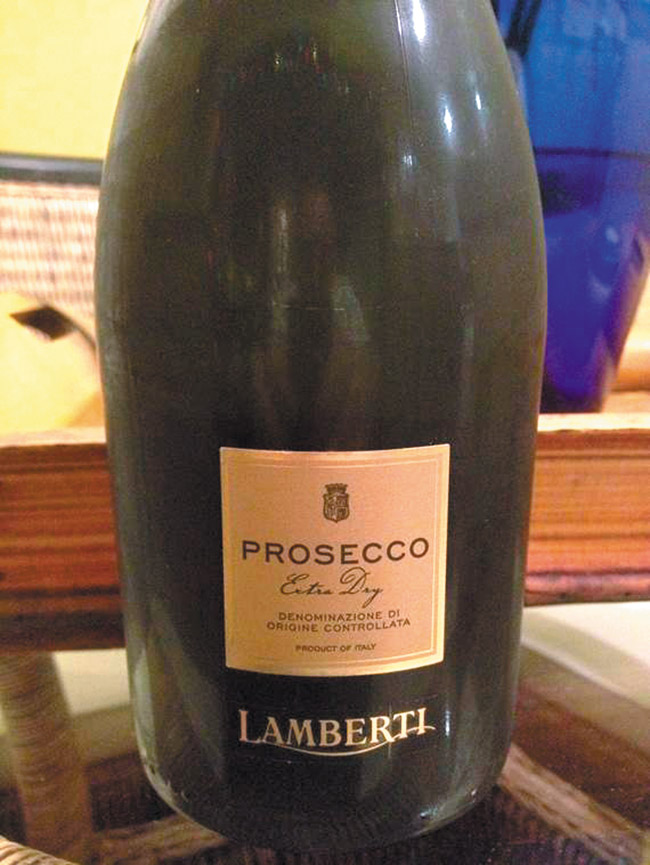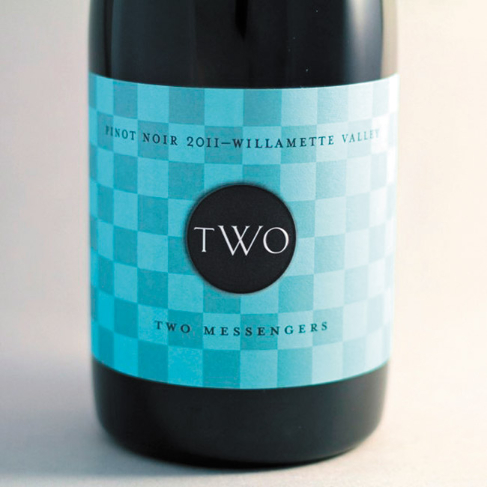Texture, Balance, Taste And Sense Of Place
I was tasting some unfamiliar wine the other day and remarked at the label of a particular bottle. It had bumps on the front of the label, a certain patterned texture – Braille. I thought to myself that I personally look for texture inside the wine rather than on the wine label. But for many wine tasters, texture is not part of their wine lexicon and it is rarely mentioned.
Texture refers to our perception of a material and its surface, especially with our sense of touch. In wine, this is specifically the perception of the wine as it touches your mouth and everything in it. For many of us, this is described as “body” or “weight” in wine. On the one hand, a red Zinfandel is typically a full-bodied wine with plenty of weight – robust, even. A Riesling, on the other hand, is a light-bodied wine, not necessarily thin, but not as full in texture or apparent weight.
The body and weight of wine directly correlates with its alcohol level. The higher the alcohol in a wine, the fuller bodied it will be. And the reverse is true as well. But this is just part of the texture equation in wine.
The other facet of wine texture is its structure. Structure is comprised of three major components: sugar, tannin and acidity. Wines with higher sugar levels are thicker. Not only are they “syrupy” in a sweetness sense, but they also have a heavier tactile sensation on the palate.
I used the example of Riesling earlier as a light-bodied wine. But as you taste sweeter Rieslings with a higher concentration of sugar, they gain more body. The difference in the voluptuousness between a German Riesling Kabinett (off dry) and a Riesling Beerenauslese (dessert sweet) is like night and day. Another classic example of a sweet wine that has fuller body and texture without tremendously high alcohol is Sauternes. That liquid gold made from “rotten,” fungus-infected grapes is among some of the most decadent and velvety wines that have crossed my lips, and it is because of its sugar content.
Tannin is derived almost entirely from the skin of red grapes. This is where the men are separated from the boys.
The point at which and the method by which a winemaker extracts tannin from grapes is a key factor in the overall texture of a wine. Too much, and you will have a wine that is overly burly, sandpaper-like, bitter and unpleasant to the taste. A deficiency of tannin will make a red wine anemic, emaciated – all skin and bone with no flesh. Can you imagine drinking a bottle of Cabernet that had the same tannin as Beaujolais Nouveau? Each grape type has its own intrinsic level of tannin as well. So you wouldn’t expect a Nebbiolo to “feel” like a Pinot Noir. Or Malbec is not going to express itself the same way that Sangiovese would.
Tannin also can come in small quantities from the pits and stems of the grapes, and from wood. The wood, primarily new oak in which both white and red wine are aged, can add texture and weight to a wine as well. Typically, the more new wood is used, the more you will feel. That is why unoaked wines seem lighter and obviously less tannic.
Acidity can play the foil to all of these, but it also is the backbone of a wine’s structure. Too much acidity will make a wine acrid, bitter and thin. Without enough of it, a wine can get tiresome after just a few sips because it is no longer refreshing. What I think is most important for acidity is balance. It must be the counter-weight to the alcohol, tannin and sugar in a wine.
Now that you know all the ingredients for texture, add onto this matrix the balance or harmony (or discord) in which all of these express themselves on our palates. Is something out of balance, poking out on the palate, making it rough or angular? Or it smoooooth, silky, velvety, seamless?
You probably know more about texture than you think because, unlike deciphering fruit, floral or earthy components in a wine, you can already feel it.
To me, the most interesting and best wines have a great texture, balance, taste and sense of place all in one.
Recommendations: NV Lamberti Prosecco Extra Dry ($17) Prosecco continues its march into every household in America, and this one takes that category and ups its “sweetie” factor. This Prosecco is rounder, maybe just a hint sweeter than most Prosecco because it is Extra Dry rather than Brut. But it does so in a very classy and delicious manner that you forget the sweetness after the first glass. 2012 Two Messengers Pinot Noir ($26) Talk about silky texture. This is made by Frenchman Louis-Michel Liger-Belair of Comte Liger-Belair in Oregon in the style that made Henri Jayer famous. The tactile sensation is one of pure silk, and the flavors are seamless and delicious. Highly recommended.
Roberto Viernes is a master sommelier.
rviernes@southern-wine.com
Twitter:@Pinotpusher







